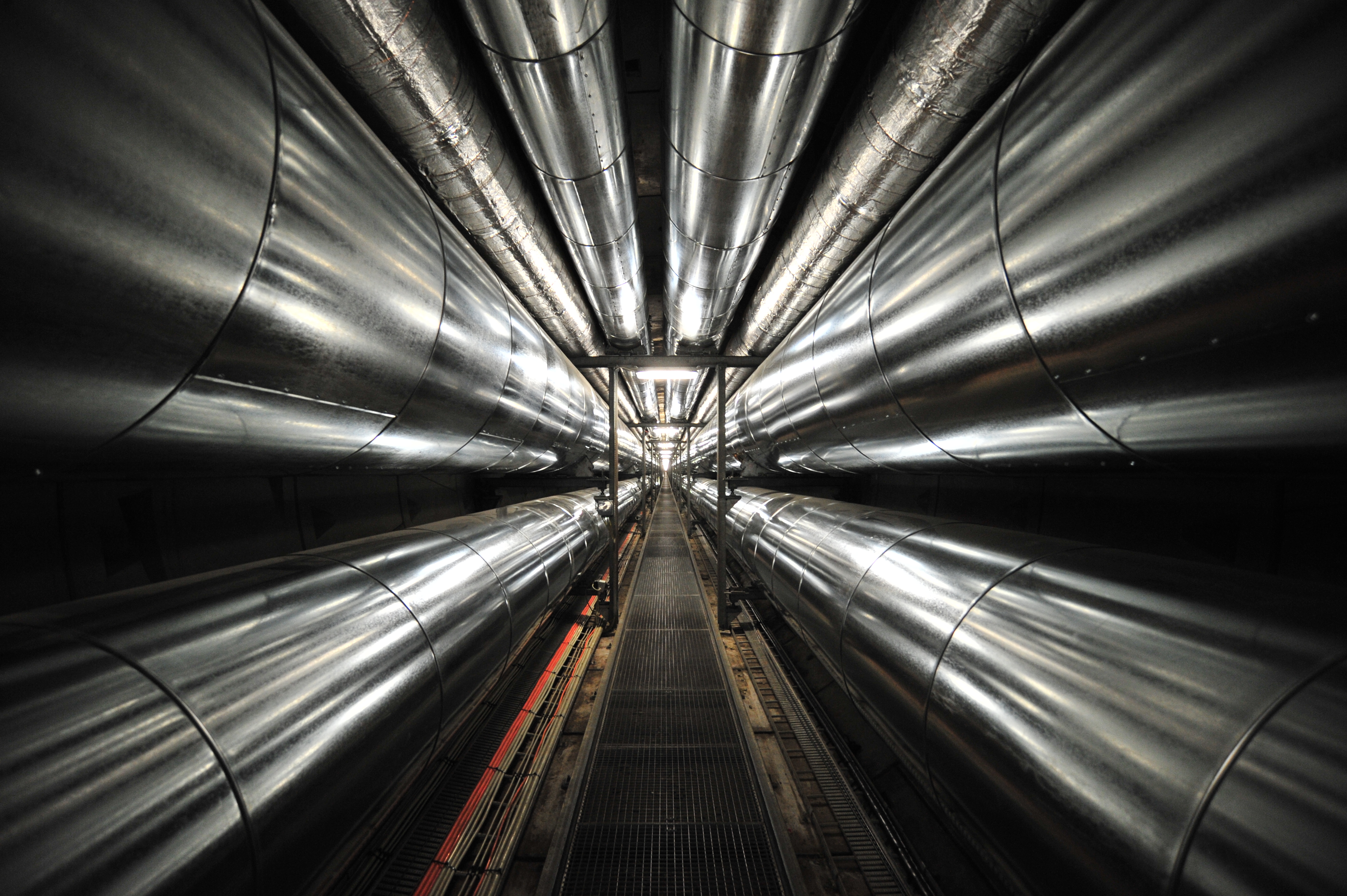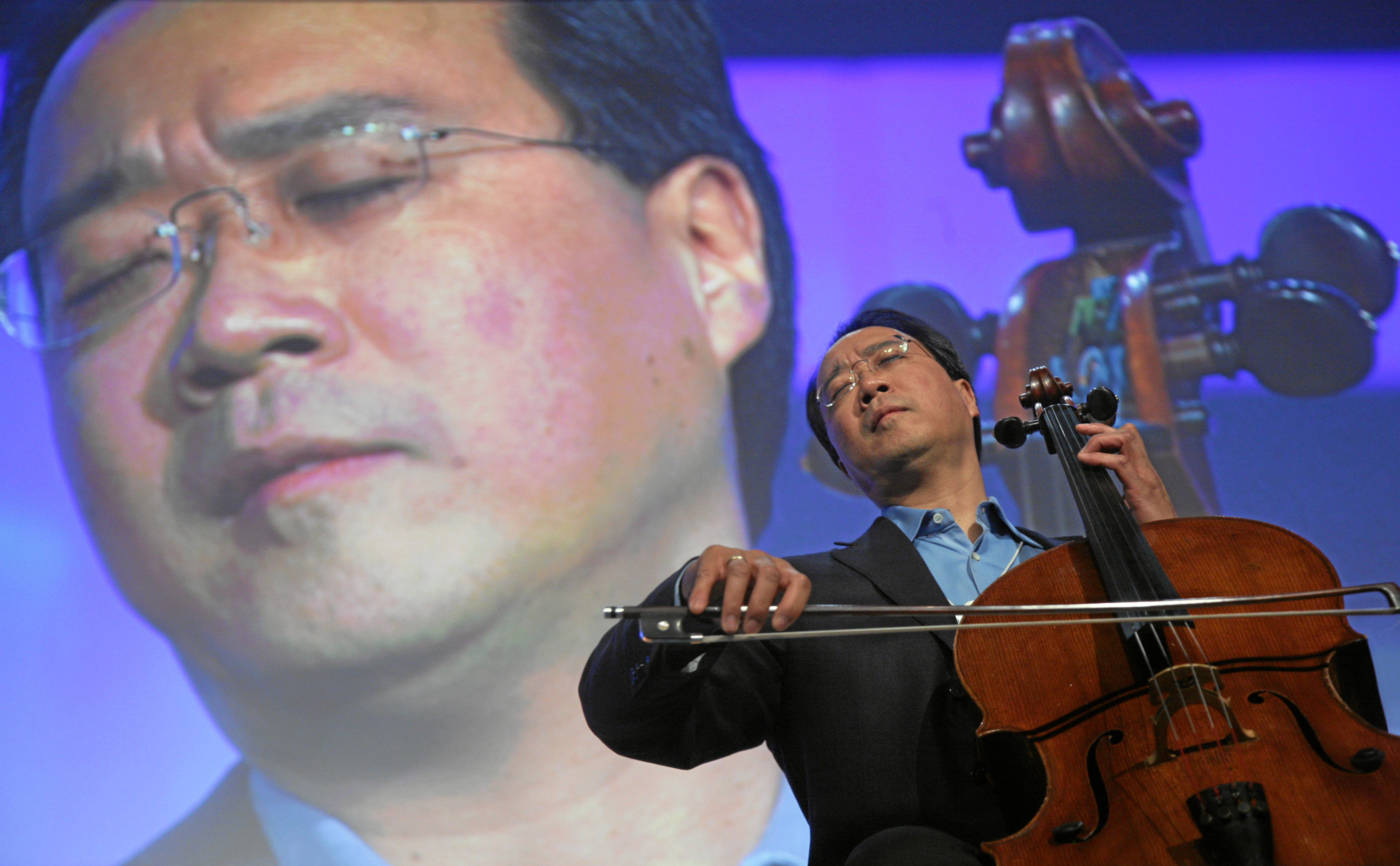Plastic is a relatively recent innovation but disastrously successful. In 1950, 2.5 billion people on the planet generated 1.5 million tons of plastic; in 2016, 7 billion of us produced 300 trillion tons. Five trillion is now in the oceans, with toxic effects. But there is hopeful news. The United Nations will soon meet to empower Communities of Ocean Action, furthering Sustainable Development Goal (SDG) 14. On the agenda may be a recent study finding that improving ten rivers could reduce ocean plastic by half. Here are the rivers, please see map:

Yangtze
Indus
Yellow
Hai
Nile
Ganges
Pearl River
Amur
Niger
Mekong
Inland rivers near cities are the major delivery systems of plastic to the oceans. If the trend continues, by 2050 the oceans will have more plastic than fish. Will the Yangtze River, part of the Grand Canal of China, develop a pioneering model to address the 727 million pounds of plastic carried by its water, perhaps creating a program in honor of the Grand Canal? The Yangtze is home to half a billion people: would a school-based program raise awareness and offer ways to reduce plastic? Also part of the Grand Canal: Hai and Yellow rivers. China may include the issue in the Maritime Silk Road. The United States is also a contender: it won the dubious honor of being the only industrialized western country to make the top twenty plastic polluters list.
Best, Shivali. “Shocking report reveals that 95% of plastic polluting the world’s oceans comes from just TEN rivers including the Ganges and Niger.” Daily Mail. 11 October 2017.http://www.dailymail.co.uk/sciencetech/article-4970214/95-plastic-oceans-comes-just-TEN-rivers.html
Sahagun, Louis. “Microbes a major problem in L.A. River.” Los Angeles Times. 25 January 2014. www.latimes.com/science/la-me-0126-microbeads-20140126-story.html.
Schmidt, Christian, Tobias Krauth, Stephen Wagner. “Export of Plastic Debris by Rivers into the Sea Helmholtz-Center for Environmental Research (UFZ), Leipzig, Germany. 11 October 2017. Environmental Science & Technology, Volume 51, Issue 21, Pages 12246-12253. DOI: 10.1021/acs.est7b02368. http://pubs.acs.org/doi/pdf/10.1021/acs.est.7b02368.
United Nations. “UN’s mission to keep plastics out of oceans and marine life.” 27 April 2017. http://www.un.org/apps/news/story.asp?NewsID=56638#.WnR75GaZPvw
Building the World Blog by Kathleen Lusk Brooke and Zoe G Quinn is licensed under a Creative Commons Attribution-NonCommercial-NoDerivs 3.0 Unported License







